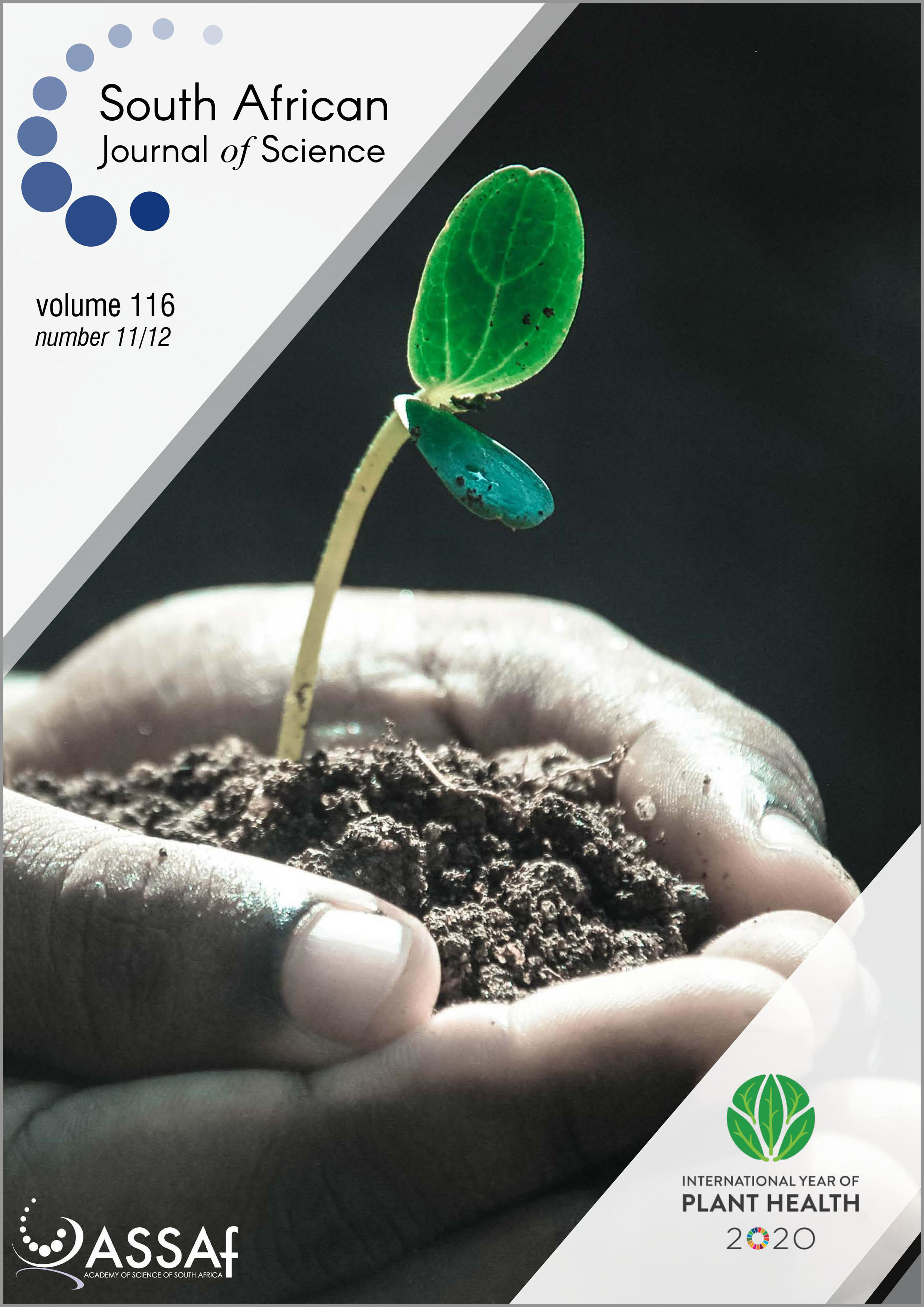Lessons from a major pest invasion: The polyphagous shot hole borer in South Africa
DOI:
https://doi.org/10.17159/sajs.2020/8757Keywords:
biosecurity, Euwallacea fornicatus, Fusarium die-back, invasive forest pest, urban forestPublished
2020-11-26
Issue
Section
Commentary
License

All articles are published under a Creative Commons Attribution 4.0 International Licence
Copyright is retained by the authors. Readers are welcome to reproduce, share and adapt the content without permission provided the source is attributed.
Disclaimer: The publisher and editors accept no responsibility for statements made by the authors
How to Cite
Paap, T., Wingfield, M. J., de Beer, Z. W., & Roets, F. (2020). Lessons from a major pest invasion: The polyphagous shot hole borer in South Africa. South African Journal of Science, 116(11/12). https://doi.org/10.17159/sajs.2020/8757
Views
- Abstract 1207
- PDF 915
- EPUB 210
- XML 292












.png)